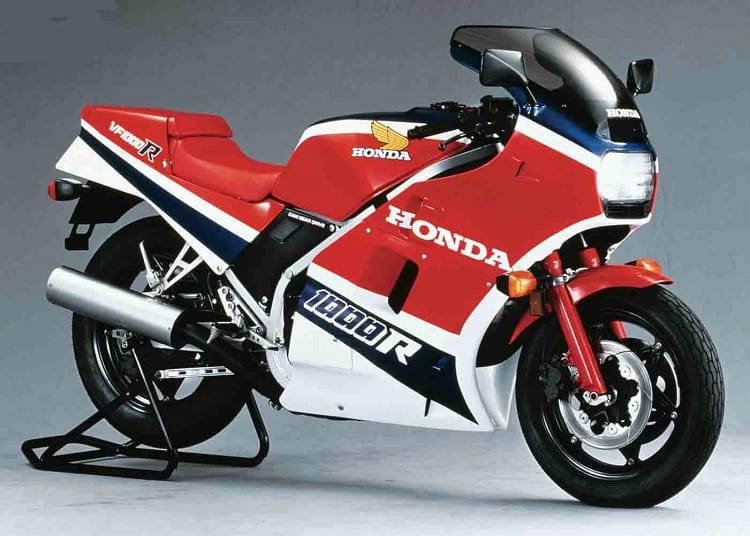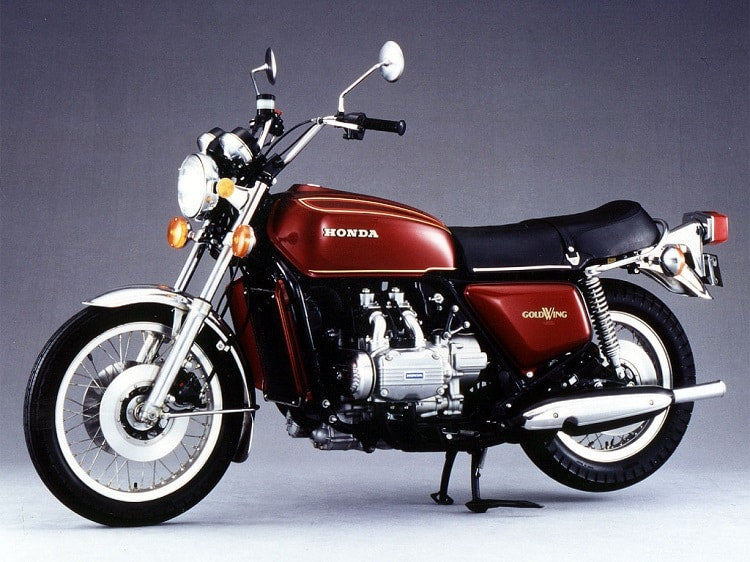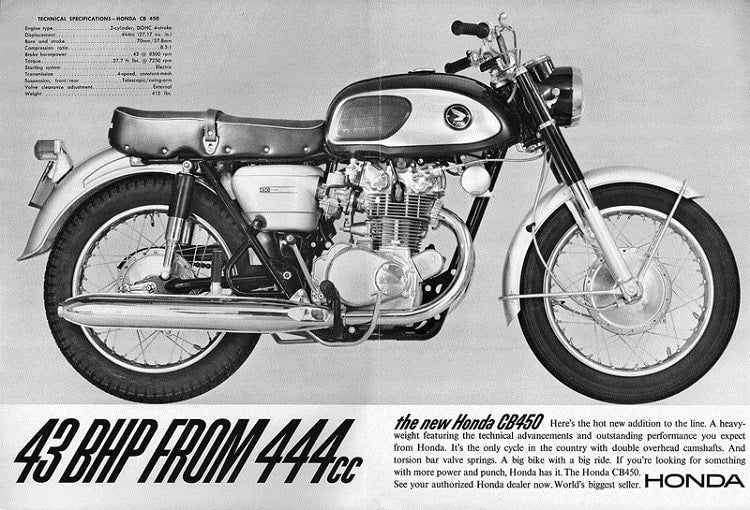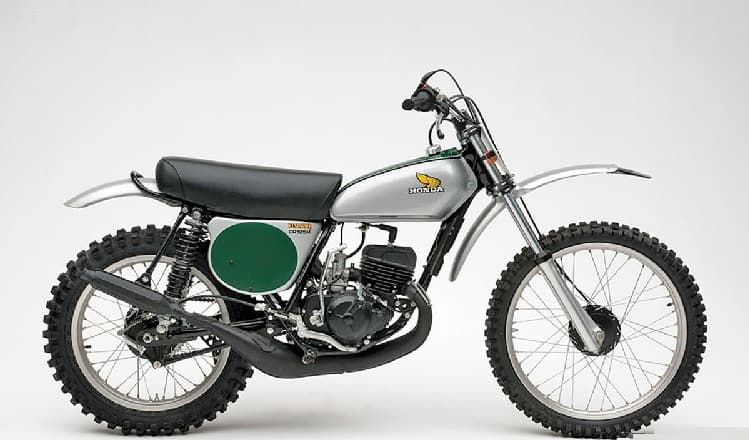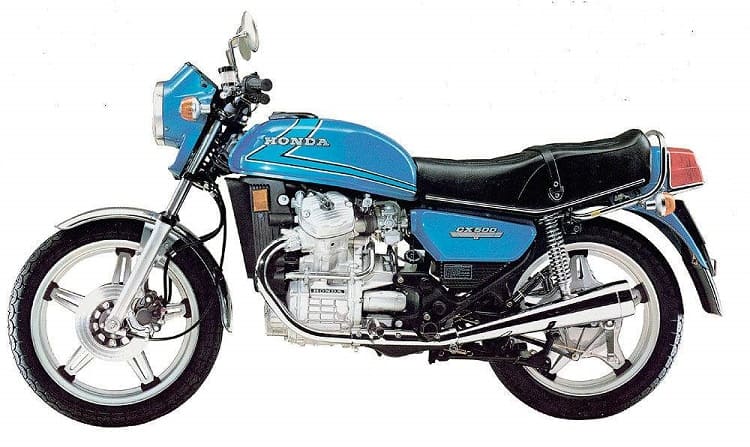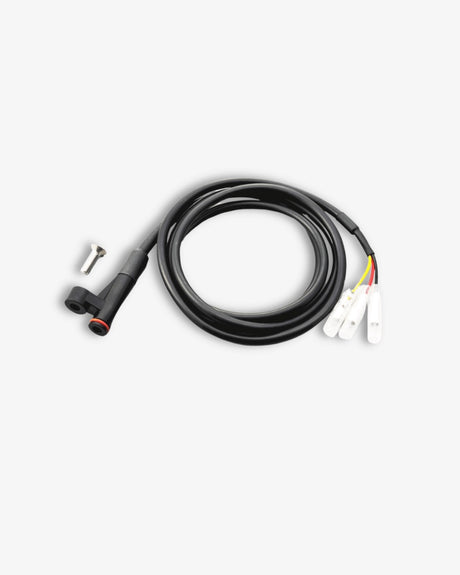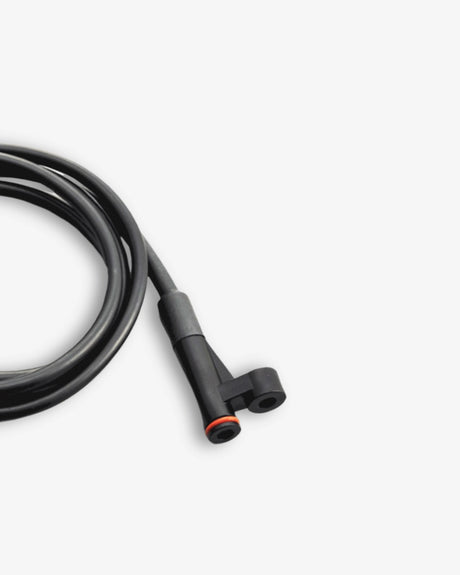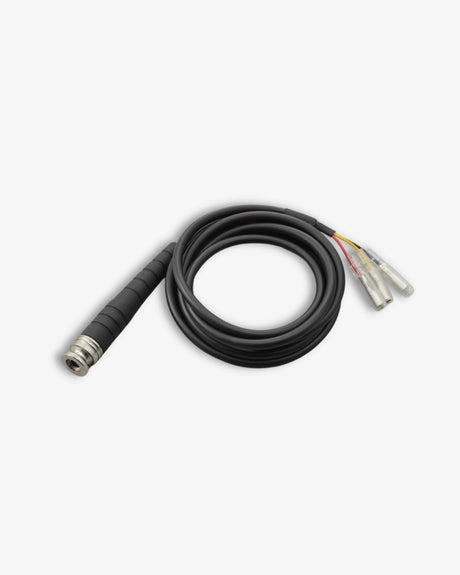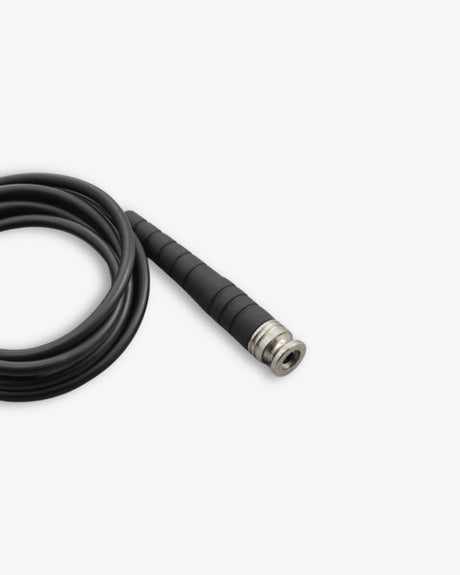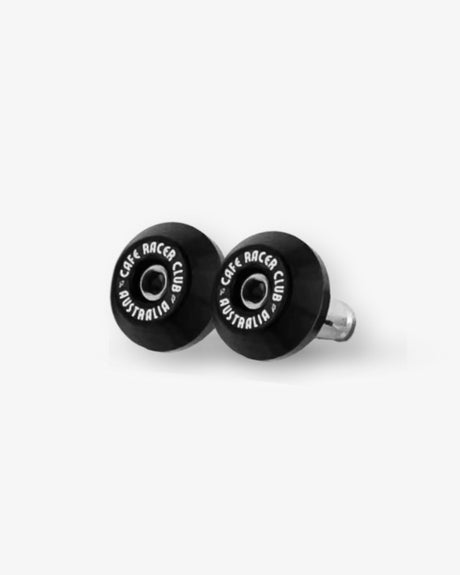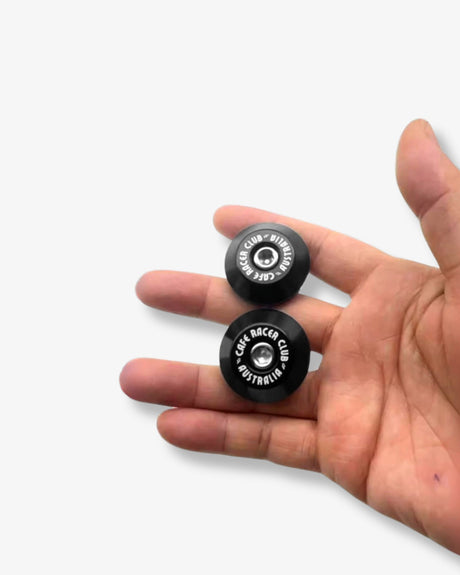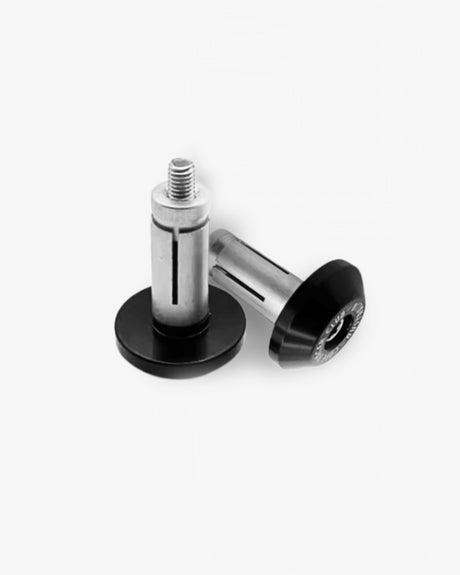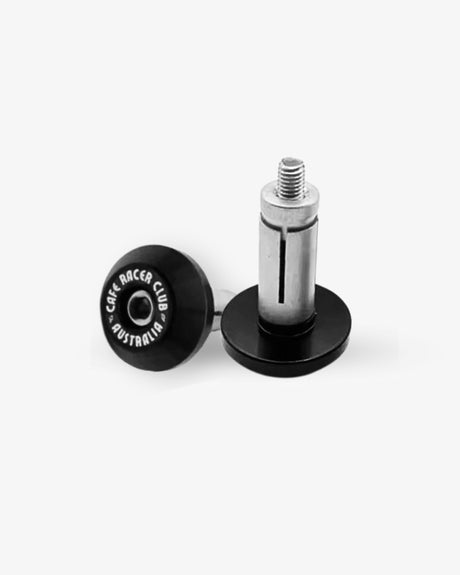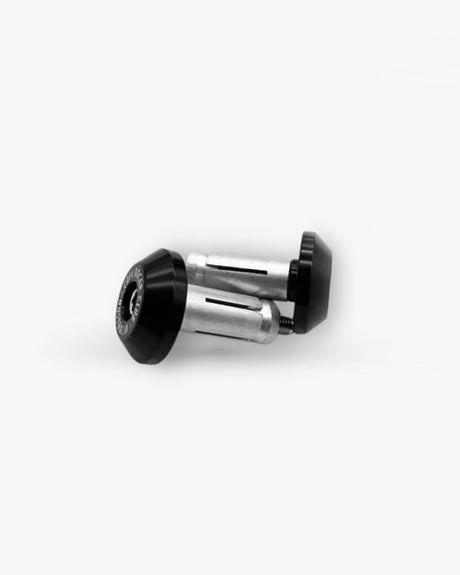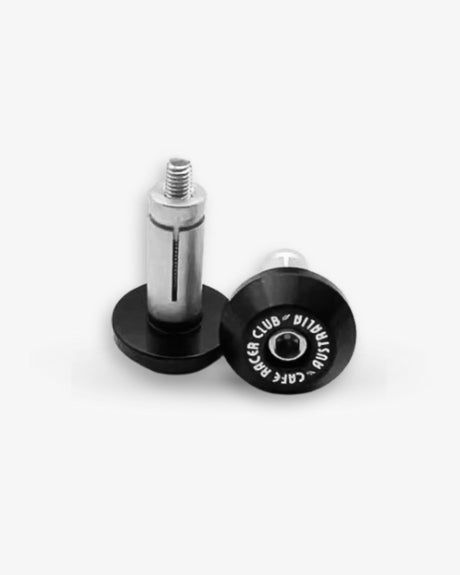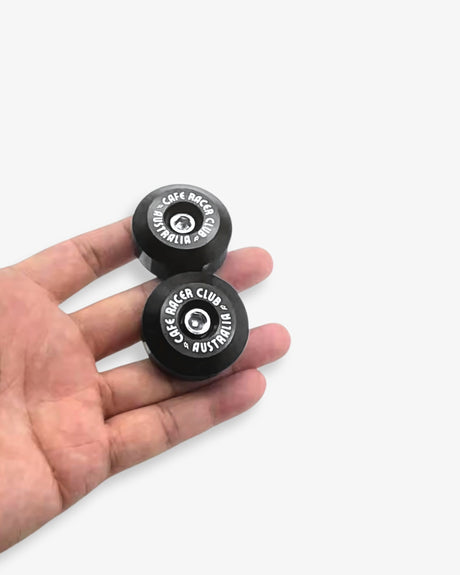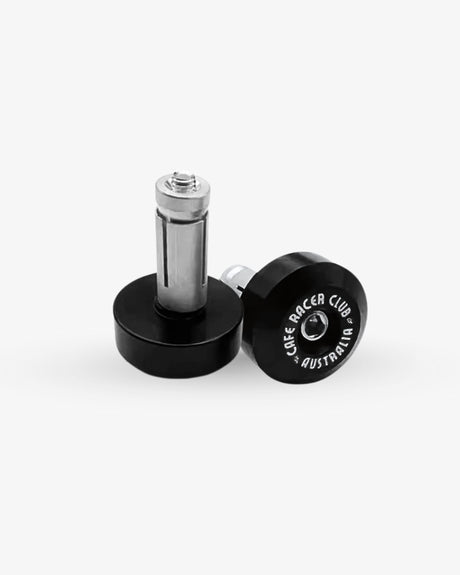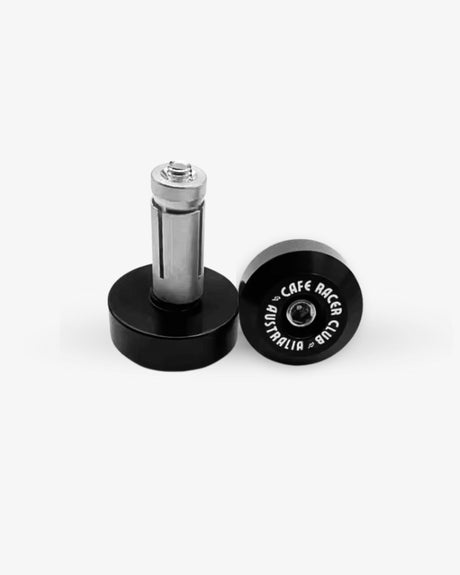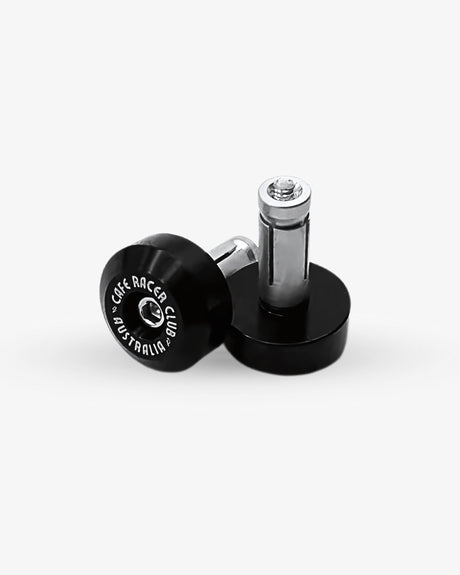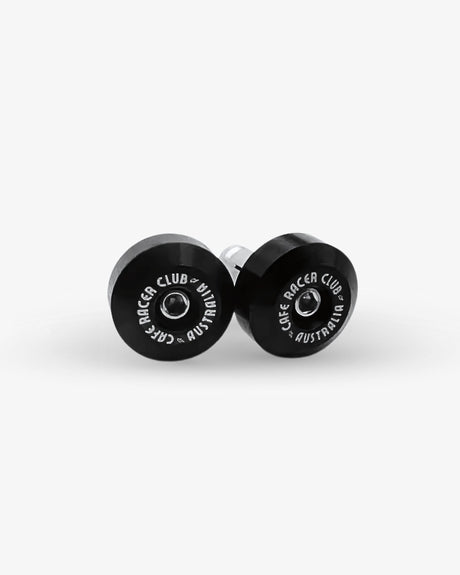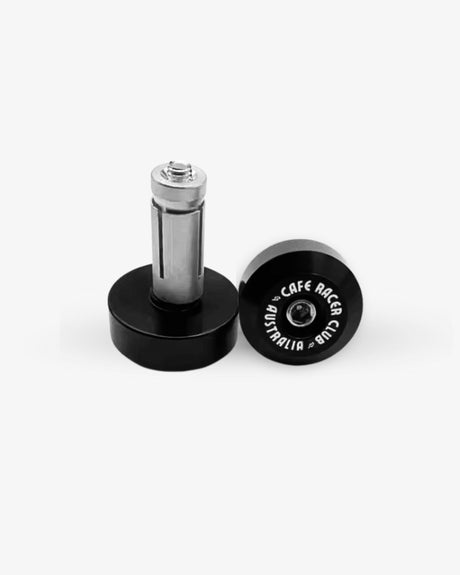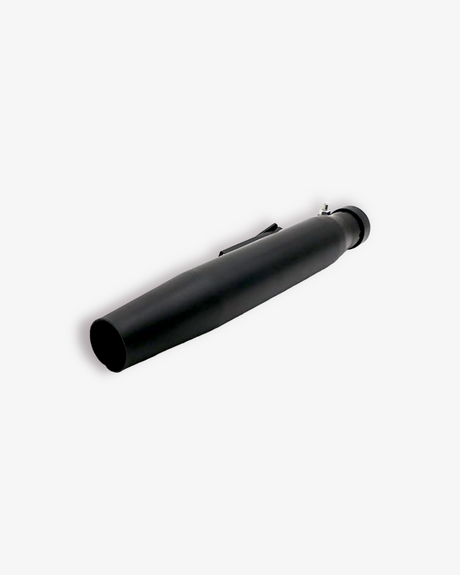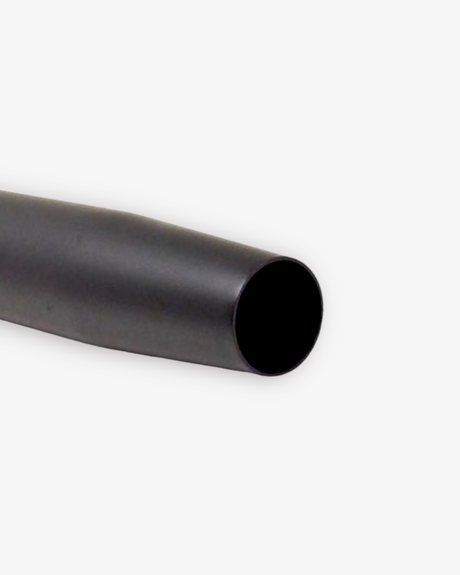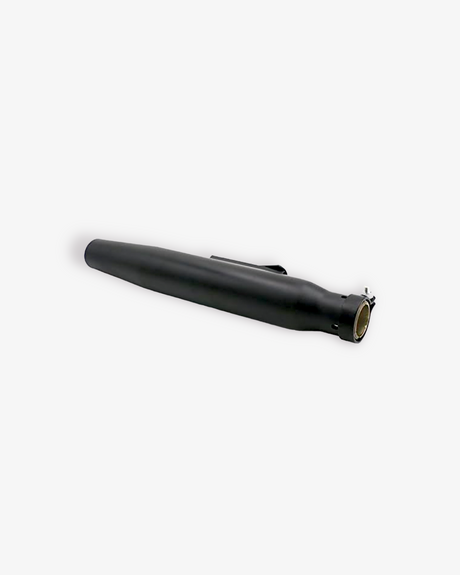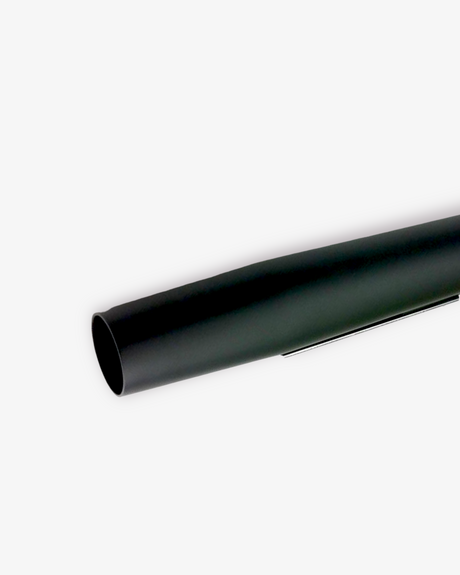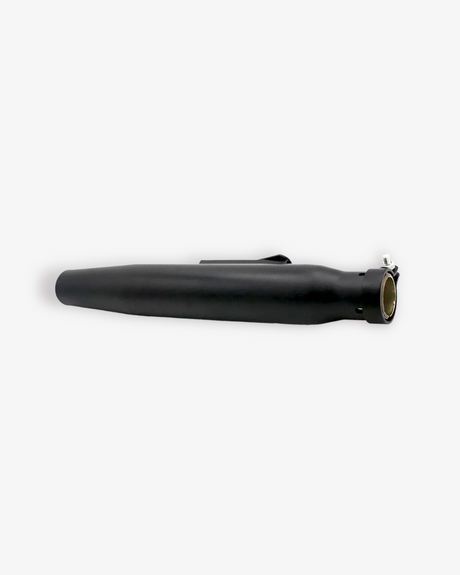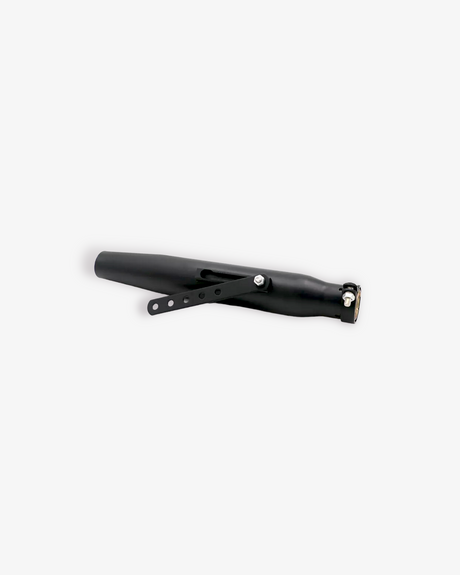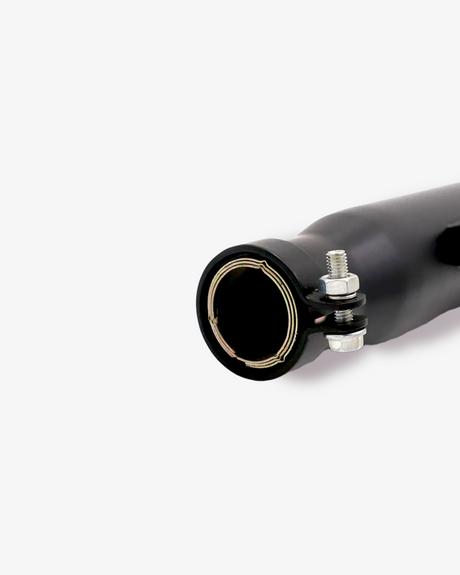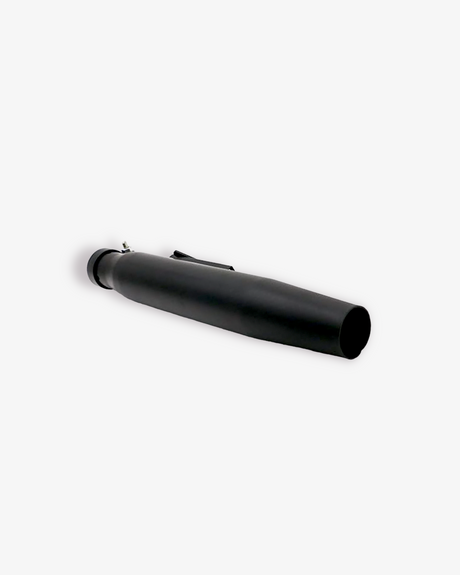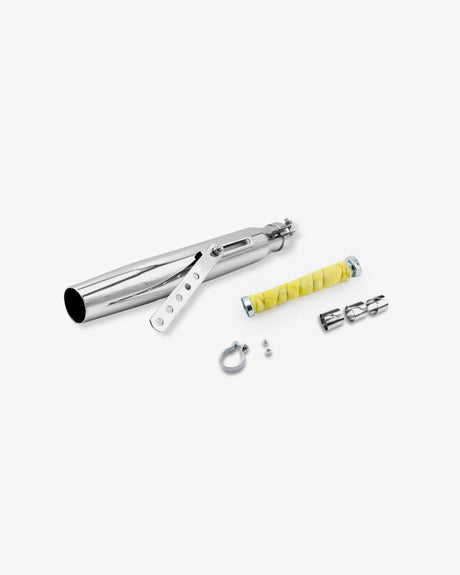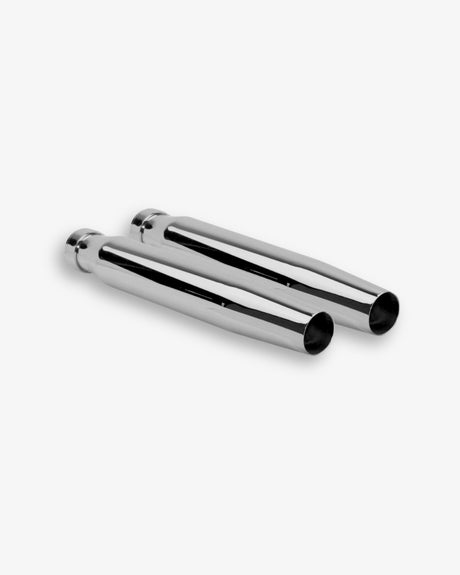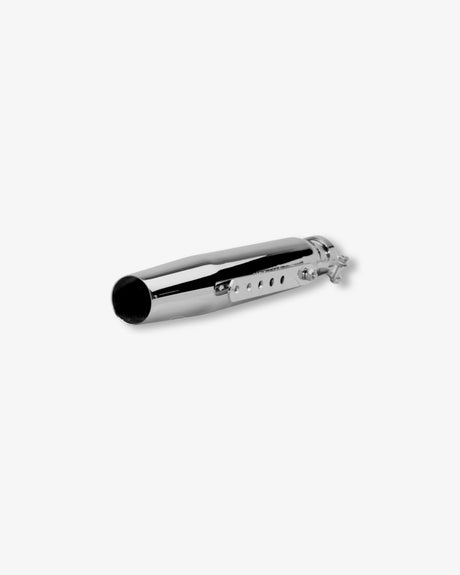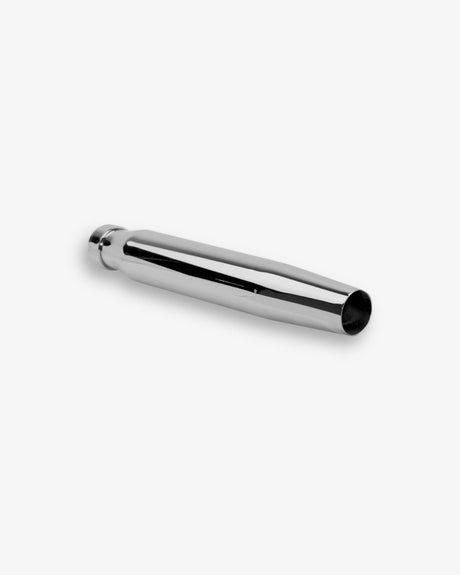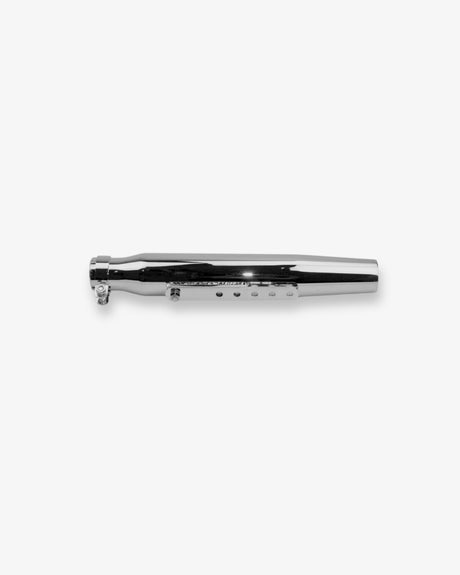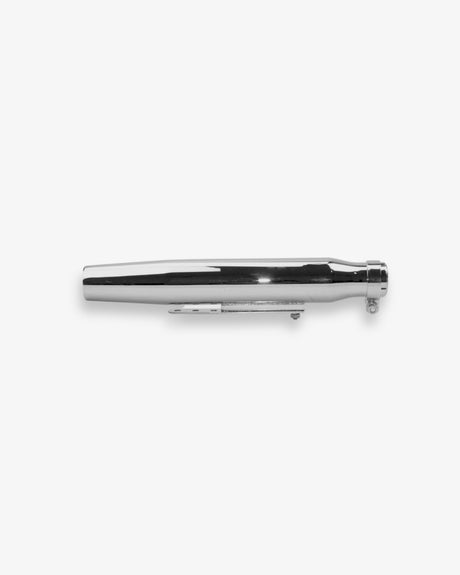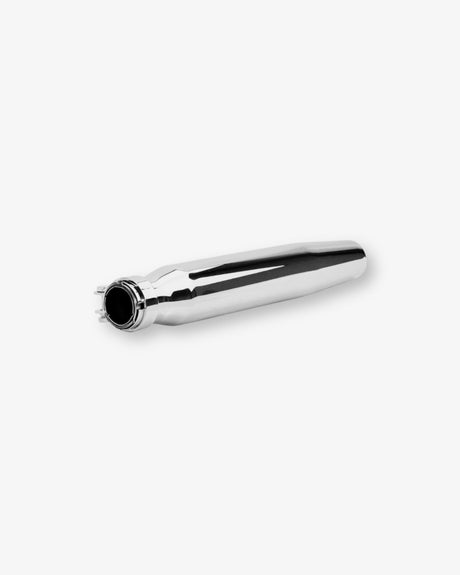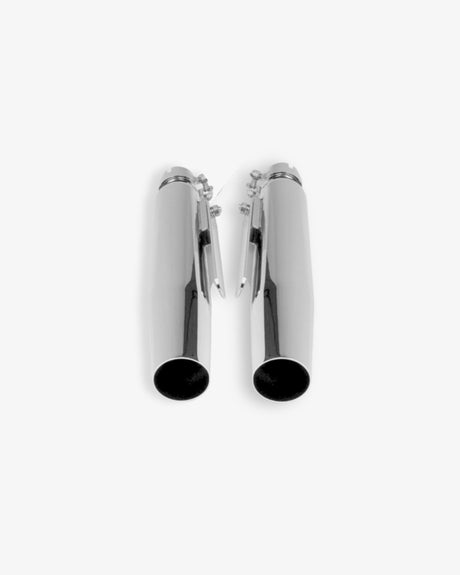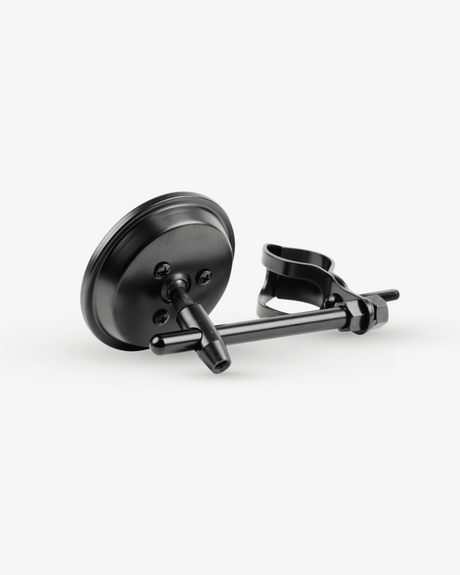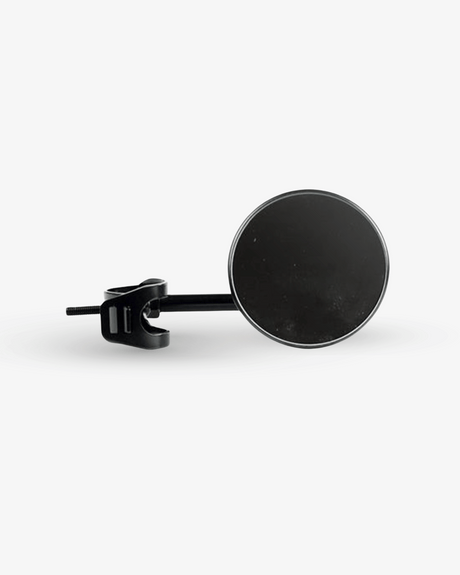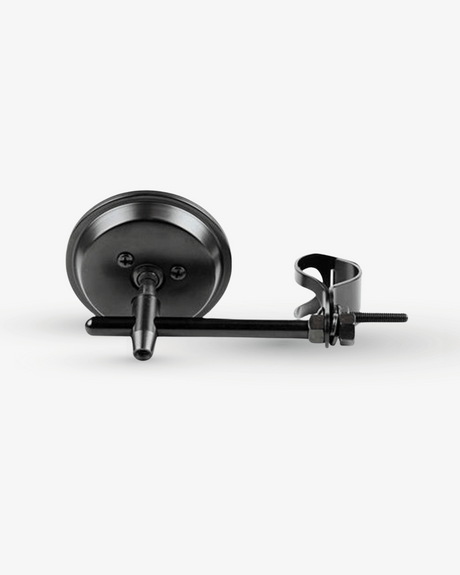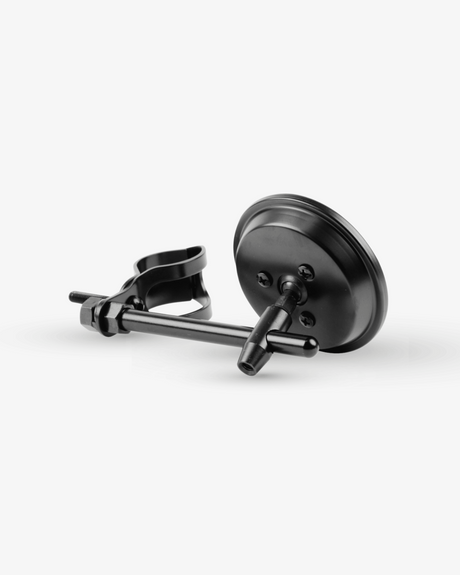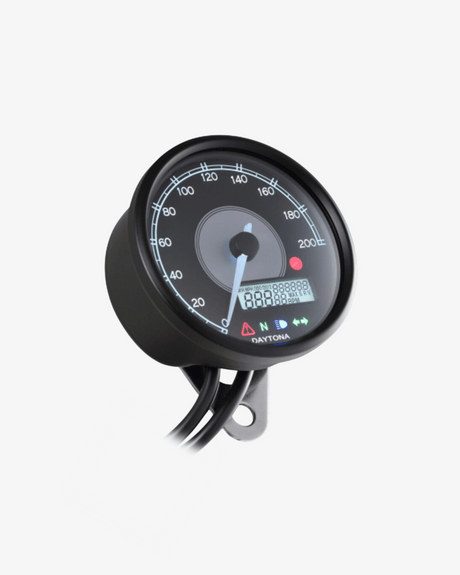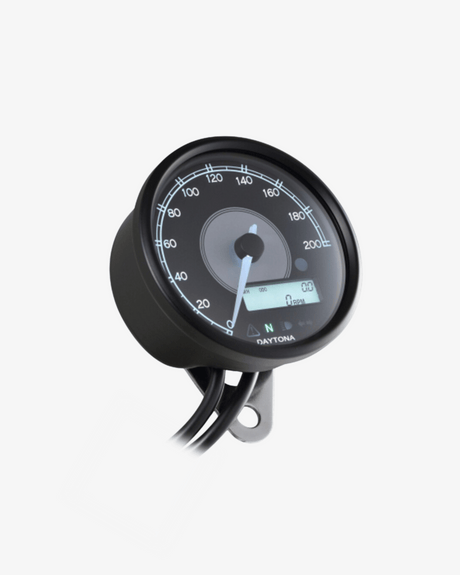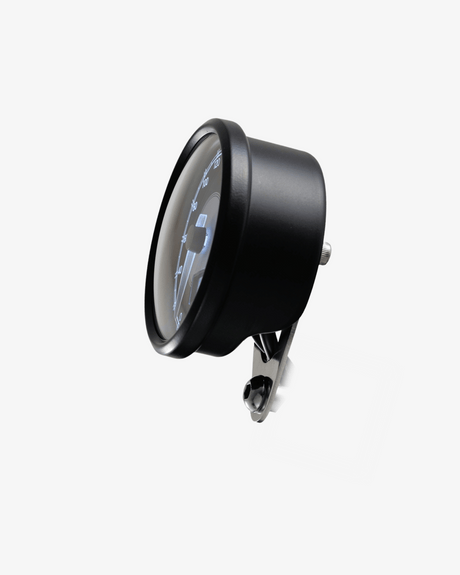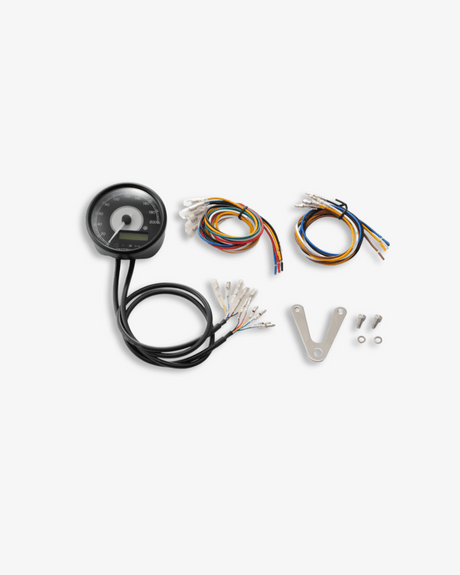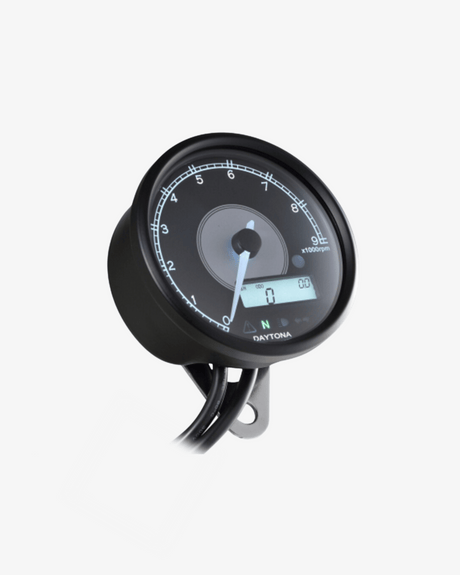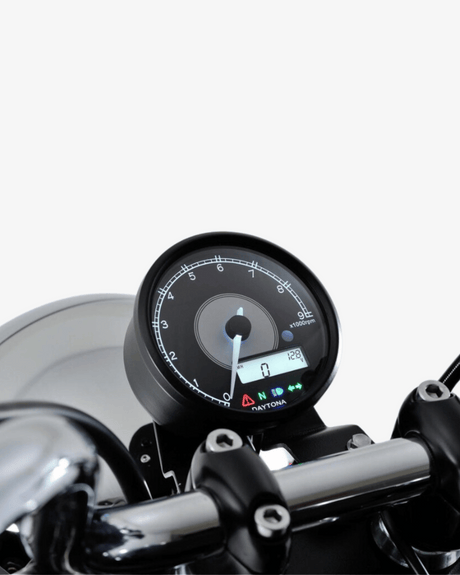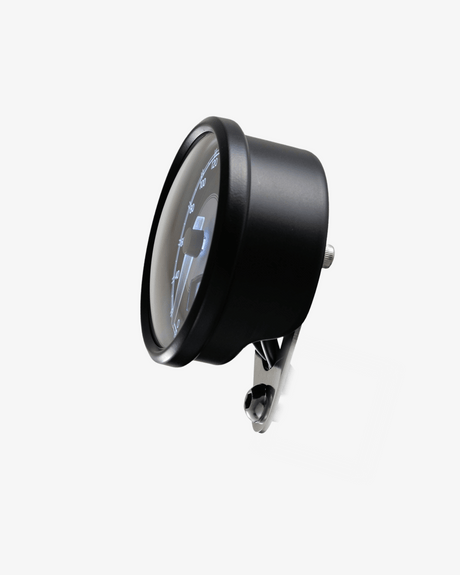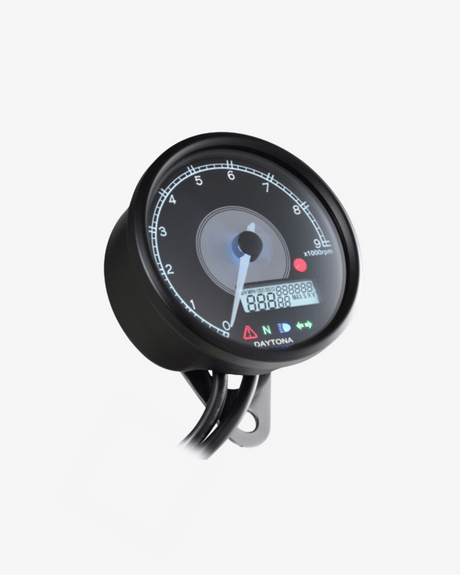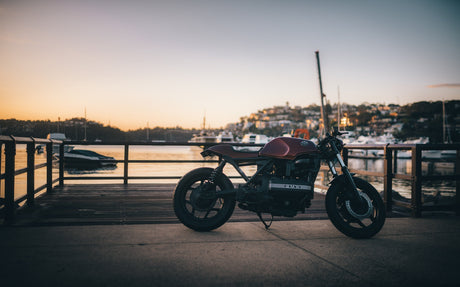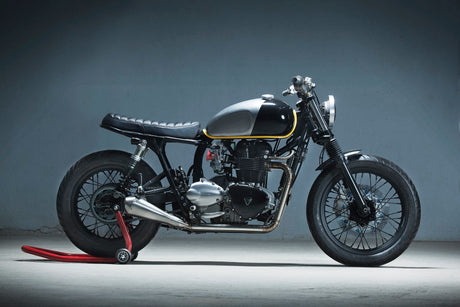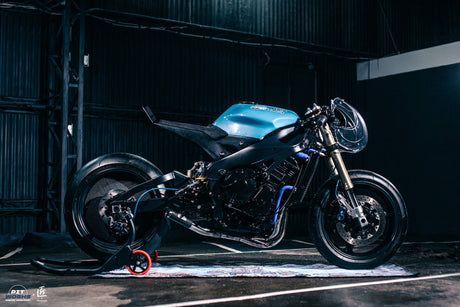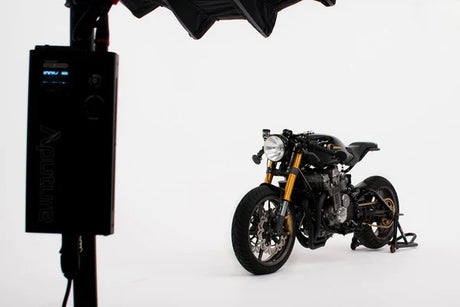You can’t go wrong with a Honda, though if you’re looking for something with a classic look and enough character to stand the test of time, certain vintage Honda motorcycles stand head and shoulders above the rest.
Ever since the legendary Japanese firm started producing motorcycles back in 1949, Honda has been at the forefront of two-wheeled innovation. The brand is responsible for the foundational styling of many of the modern motorcycles that we know and love. But if modern plastic and ridiculously over-powered engines aren’t your things, which vintage Honda motorcycles should you buy?
What’s the Difference Between Antique, Vintage, and Retro?
Before we take you on an odyssey through our favorite vintage Honda motorcycles, let’s take a look at what “vintage” actually means. This word can get bandied around a little too liberally. Sure, it comes down to interpretation, to a degree, but in other industries, there are some fairly strict ground rules concerning what can bear a “vintage” label. So we’re going to apply those rules to motorcycles and not just to be pedantic.

An item that is labeled as an “antique,” by dictionary definition, should be at least 100 years old. According to Merriam Webster and the customs laws for most national authorities, a true antique has to be 100 years old or older … which rules out quite a lot of motorcycles. As of today, there are no antique Honda motorcycles in existence.

“Retro,” on the other hand is a little harder to define. Merriam Webster has this to say concerning the word: “relating to, reviving, or being the styles and especially the fashions of the past: fashionably nostalgic or old-fashioned.” With that in mind, something like Honda’s CB1100RS is what we’d call “retro” — it’s something modern designed to look like it was old-fahsioned or from the past.
We’re here for vintage Honda motorcycles, but “vintage” isn’t exactly easy to define either. The word comes from the Anglo-French vendage which described “grapes picked during a season.” The modern English word can mean many things from describing an era, denoting a length of time, or indicating the age of a thing.

In terms of describing vintage motorcycles, it should refer to a model that is at least 20 years old and that are recognizably attached to an era, like a ’70s Honda or an ’80s Suzuki. A motorcycle described as vintage should be of a certain age and not a modern representation. A 1971 Ducati Scrambler is vintage, while a 2015 Ducati Scrambler is retro.
What Makes a Vintage Honda Special?

Vintage Hondas are great motorcycles to buy for a number of reasons. They come in sensual, curvy shapes, produce a sound that’s noticeably classic, and, most importantly, they’re pretty damn reliable. Even if you do encounter problems, there’s no shortage of spare parts, aftermarket solutions, and instructional literature to overcome the issue. Of course, there’s also the fact that Honda has literally built millions of motorcycles, meaning that even their most sought-after models are readily available and for reasonable prices, too.
10 Vintage Honda Motorcycles That You Should Own
If you like your motorcycles to feel more analog than digital, armed with plenty of soulful character, dressed in the charismatic finery of yesteryear, but with more than enough performance and power to wrestle with modern traffic and put a smile on your face in the twisties, then a good old Honda might be exactly what you need. Here are 10 legendary Honda motorcycles to get you started. So fire up eBay, ignore your bank balance, and find yourself one of these vintage Honda motorcycles for sale.
Honda NT650 Hawk GT

The Honda Hawk is a cult bike that requires no introduction. It was first launched in 1988 and only managed to survive for three years until it was axed in 1991. On the surface, it doesn’t have the same romance as a late ’60s or ’70s Honda, but it has a different brand of quality that has given it cult status. It was affordable, utilitarian, and, above all, it was an absolute blast to ride.
It might not look like it, but the Honda NT650 Hawk GT is an absolute blinder of a motorcycle and makes for a popular track day motorcycle these days. Equipped with a rock-steady 647cc 4-stroke, V-twin engine, the Hawk could produce a claimed 58 hp and a tidy 31 lb.-ft. of peak torque at the rear wheel. Honda also gave the Hawk a few cool features including an aluminum box frame, a separate bolt-on rear sub-frame, and a single-sided swingarm, which made it one of the first modern naked street bikes to go on sale.
It may not be the first motorcycle to spring to mind when you think of vintage Honda motorcycles, but if you see one up for sale in good condition, don’t hesitate. You can forgive high mileage on these bikes, and if you grab one at the right price, you will not regret the purchase. They are by no means exotic, but there’s a good reason why riders hold them in such high esteem — they’re brilliant at whatever task you set them to.
Honda VF1000R

First introduced in the States in 1985, a full year after it made a splash in Europe, the Honda VF1000R might not have been as fast as the Kawasaki GPz900R or as maneuverable as the Yamaha FJ1100, but it came with head-turning good looks, bucket loads of torque, and the Honda seal of approval.
This classic V4 is often overlooked by buyers searching for iconic vintage Honda motorcycles. Admittedly, it’s not as good as its more touring savvy VF1000F Interceptor stablemate, but what it lacks in out-and-out power, it makes up for in comfort. Not all riders will feel comfortable on the VF1000R — it’s a real pain to steer and turning is a workout. And if you can lean it into a fast corner without fearing for your life then you’re obviously superhuman. Cornering aside, for straight-line stability at speed, no other bikes in the VF1000R’s class could come close.
Driven by a beefy 998cc DOHC, liquid-cooled, 90-degree V4 engine that could produce an admirable 117 hp at 10,000 rpm and a 63.7 lb.-ft. of torque at 8,000 rpm, the VF1000R was capable of reaching top speeds of around 149 mph … which is quite impressive considering that it boasted an overall wet weight of 610 pounds. Yep, that makes it a full 50 pounds lighter than the likes of the Kawasaki GPz900R. The VF1000R needs to go fast and go straight – which makes it great for highway riding but not ideal if you simply want to cruise around town.
Honda CX500

Honda’s CX series lasted from 1978 to 1983. Though it might not have enjoyed the longest lifespan, the CX500 is still very much alive and kicking on the modern custom scene. It has emerged as an unusual and sought-after donor machine for all kinds of customization, and for very good reason.
On the surface, the CX500 doesn’t look like much. It’s a water-cooled, shaft-driven, V-twin motorcycle wrapped in an unusual and unattractive frame. That’s what’s on the surface. In truth, the CX500 is incredibly reliable, laughably low-maintenance, and an absolute blast to drive. And it doesn’t come with the collector’s value like old-school CBs, which makes the CX500 a very attractive prospect for those in search of an affordable old Honda motorcycle.
Powered by a 497cc water-cooled, longitudinal OHV 80-degree, V-twin engine (similar to the configuration used by Moto Guzzi), the CX500 was good for 48 hp — unless we’re talking about the beastly turbo variant that reportedly increased the power output to a gigantic 82 hp.
Either way, the CX500 came with a number of interesting features. It boasted dual-CV carburetors to reduce emissions, a unique electric start system, and modular rims which meant that the CX500 was the first production motorcycle to sport tubeless tires. Of course, it also came with Honda’s world-famous reliability and durability, as well as an affordable price tag. As far as vintage Honda motorcycles go, it’s an oddball, but one that will serve you well in any of its six existing 500cc variants.
Honda XL250

Some of the best vintage Honda motorcycles are their off-road offerings. They don’t come with the same romance level that older road bikes do, but Honda’s off-road machinery from the golden age of enduro racing has enormous collector appeal — and they’re great fun to ride, too.
The XL250 is one of the most easily recognizable Honda dirt bikes. It came with a 4-stroke 250cc machine manufactured from 1972 all the way up to 1987. In fact, it was the first mass-produced 4-valve motorcycle and the first modern 4-stroke enduro motorcycle which helped pave the way for the enduro wave that swept the globe after the model’s introduction. Thanks to its dual-sport nature, this street-legal dirt bike became an incredibly popular choice for riders wanting to experience the thrill of riding on the roads without sacrificing the exploratory nature of a dirt bike.
The Honda XL250 came with a powerful 250cc 4-stroke engine that could produce 24 horses at the wheel, and around 16.85 lb.-ft. of torque, making quite a potent package for the time. The engine was tucked into an insanely narrow chassis that was only 12 inches wide at its widest point, minus for the handlebars, of course.
In total, this dirt bike weighed in at a svelte 288 pounds, and thanks to its peppy engine, streamlined chassis, and light weight, it was a very attractive ride for budding enduro riders. Unfortunately, the XL series was dropped and replaced with the less-inspiring NX models. Honda saw the error of their ways and eventually introduce the XR series, which was heavily inspired by the XLs but came without the charm.
Honda GL1000 Gold Wing

The Honda Goldwing is one of the most recognizable motorcycles ever made. It’s big, brash, and swollen in every sense of the words — but it wasn’t always such an overweight monster. When the original GL1000 Gold Wing first rolled onto the scene in 1974 it was in a much more user-friendly configuration.
Unveiled at the Cologne Motorcycle Show, the Gold Wing became the blueprint for road touring models, eventually evolving into the hulking behemoths that command legions of loyal fans all over the world. If you prefer your motorcycles with less heft, then the original first-generation GL1000 should be your classic Honda of choice.
The heart of the legendary GL1000 is an iconic liquid-cooled flat-four SOHC 998cc engine, a special engine that boasts a gear-driven generator that contra-rotates to offset the engine’s powerful torque reaction, mated to a shaft driven transmission. Despite being a 1974 machine, the original Gold Wing came with an electric starter as well as a reserve kick-start option, courtesy of a removable kick start lever that could be stored in the bike’s dummy gas tank.
The real gas tank was located under the seat to help improve the bike’s center of gravity. After all, it was a heavy lump weighing in dry at 584 pounds. Despite the weight, the 80 hp and 63 lb.-ft. of torque was a success, and Honda sold over 13,000 units in the U.S. in its debut year, making it one of the most successful vintage Honda motorcycles ever made.
Honda Sport 90

This old Honda goes by a number of names: the Super 90, S90, or simply Sport 90. It’s an instantly recognizable classic that first appeared in 1964 and was produced until 1969, though larger engine models and a number of variants continued being manufactured until long after.
The S90 was the fastest model in Honda’s 90cc line-up, making it a far superior sporty alternative to the likes of the CT90, CL90, CD90, and the classic C90, despite the fact that they all shared the same engine. Though the engine might be the same, the riding style and overall shape were remarkably different. Unlike the rest of the 90cc range, the S90 was built for speed.
The engine itself is a 90cc air-cooled single OHC unit with a manual 4-speed transmission that could be operated with a clutch, unlike the semi-automatic C90 derivatives. According to Honda, the S90 also has a claimed top speed of 64 mph, though it is questionable if anyone ever achieved that with a stock 8 hp S90.
Even so, the S90 was faster than the rest, thanks to its lightweight frame design that featured a pressed steel one-piece frame as opposed to a conventional tubular steel arrangement. Coupled with narrow handlebars and a slim profile, along with the small but potent engine, and you’ve got a recipe for success. The S90 is one of many similar sport variants that Honda produced, but it’s arguably one of the most famous.
Honda CMX250 Rebel

The Honda Rebel might have enjoyed a much-needed update, but for the vast majority of its life, the humble Rebel remained largely unchanged. The original CMX250 arrived on the scene back in 1985 and was an obvious game-changer from day one. Using big cruiser styling but powered by a laid-back and non-aggressive 250cc engine, Honda used the Rebel to attract an entirely new generation of riders on to two wheels.
America’s youth saw the appeal of a powerful-looking but cost-effective entry-level motorcycle that didn’t come with intimidating performance specs or any alienating jargon and subculture to go with it. In essence, the modern beginner-friendly motorcycle was born. And nothing has ever really replaced it since.
So what made it so special? Apart from its obvious cruiser-inspired aesthetic, the Rebel CMX250 packed a bulletproof 234cc air-cooled, parallel twin engine that could produce a respectable 16.1 hp and about 12.1 lb.-ft. of torque, which roughly translates to a basic, no-nonsense motorcycle that can hit a top speed of 70 mph if you really push it — and you’re probably not going to die in the process.
The engine was mated to a user-friendly 5-speed transmission which was simple and easy to operate, making it ideal for learners. It’s still an MSF learner bike of choice. Though it’s not a style icon, it is small, durable, reliable, and fun enough. And as an integral part of Honda’s line-up, it’s a classic whether you class it as one or not.
Honda CR125M Elsinore

The early ’70s brought a whole new discipline to the world of motorcycling: motocross. Trail riding, enduro racing, off-roading, you name it, it was happening. Motorcycles had evolved into more than a simple mode of transport and were fast becoming recreational vehicles. And thanks to movies like On Any Sunday, everyone wanted in on the action.
Honda wanted to join the party too. Unfortunately, the best motocross bikes of the day were small displacement 2-stroke machines, and Honda had no experience in engineering two-stroke motors. However, they put their heads down and worked on a 2-stroke of their own. The result was a 250 that was eventually scaled down, refined, and unleashed on the American public. The 1974 CR125M Elsinore had arrived.
The new 125 version boasted a bore and stroke of 56mm x 50mm and came with a cool two-ring aluminum piston that was etched ever so slightly to retain oil. The engine cases were made from magnesium alloy which helped keep the overall weight down. The Elsinore’s frame was also made from chrome-moly tubing for further weight savings, and the body was made from plastic.
When all was said and done, the Elsinore could produce a peak power output of just under 17 hp and hit speeds of up to 60 mph. It was fast, powerful, and incredibly maneuverable thanks to the Showa suspension system which offered exceptional travel. And guess what? Small scramblers are back in fashion, making the Elsinore one of the most sought-after vintage Honda motorcycles today.
Honda CB750

The world’s first superbike had to make the list. For many, this isn’t just one of the most important vintage Honda motorcycles, it’s one of the most important motorcycles ever. The CB750 arrived in 1969 after Honda guessed that a large-capacity motorcycle modeled on their already successful CB450 unit would be a hit.
There were plenty of reasons for the world to be excited about the CB750. It would become the world’s first commercially available, modern 4-cylinder motorcycle from a major manufacturer, it came with more modern features than the public were used to (including an electric start, flashing turn signals, advanced brakes, and more), and it performed far better than anyone could have ever dreamed, trouncing any competition from Europe.
The engine was a fearsome 736cc air-cooled inline-4 that could produce 68 horses at 8,500 rpm, 44 lb.-ft. of torque at 7,000 rpm, and hit top speeds of up to 125 mph. The specs were mind-blowing, but the secret to the CB750’s success came down to its user-friendliness. It wasn’t hard to ride, everything worked on it as it was supposed to (and reliably), and it was comfortable.
Of course, it also looked exceptionally good and was relatively affordable, too. Many consider the CB750 to be one of the greatest motorcycles ever made and a fine example of what a vintage Honda should be. Normally, that would be enough to catapult it into the number one slot. But there’s another Honda out there that has never gone out of fashion, and never failed to impress us.
Honda Super Cub

The Honda Super Cub is easily the greatest motorcycle platform ever made. Manufactured with displacements ranging from the original 49cc to the more advanced 125cc, the Honda Super Cub is responsible for more riders getting on two-wheels than any other motorcycle in the world. It’s the best-selling motorcycle of all time.
Many historians liken the little Cub to the Ford Model T, Volkswagen Beetle, or the Jeep, calling it an icon of the 20th century and a design landmark. And they would be correct. The little Honda Super Cub is nothing short of exceptional. As far as vintage Honda motorcycles go, this is the one you want in your garage. It looks cool, it’s always fashionable, and in a nuclear/zombie apocalypse, this is the most reliable and indestructible mode of transport at your disposal.
The original Super Cub that rolled on the scene in 1958 came equipped with an air-cooled, 4-stroke, single-cylinder 49cc engine that produced 4.5 hp at 9,500 rpm and enough torque to carry a water buffalo. It could reach speeds of up to 43 mph (if you’re going downhill with the wind behind you). And it could be kickstarted without putting in any effort at all, and changing gear was a clutchless affair, with a semi-automatic 3-speed gearbox, making it so simple to ride that it literally took the “terror out of motorcycling.”
The Super Cub spawned more than six variants, and, all told, more than 100 million have been produced. And sure, for many, the lowly Cub isn’t motorcycle enough to get the top honors, but in our opinion, it was the little bike that got more people turned on to two wheels than any other. It might not have the status of a bike made by the Harley Davidson Motor Company or the feisty continental nature of an old Ducati, but there’s no doubt that the Honda Cub is one of the most important Honda motorcycles ever made.
Enjoy These Vintage Honda Motorcycles For Years to Come
There are plenty of other models that could have made this list. What about the plucky Honda Dream? Or the celebrated Africa Twin? Or even the lesser celebrated cafe racer-inspired GB350?
There are loads of modern models that could be counted as the best vintage or classic models in years to come.

